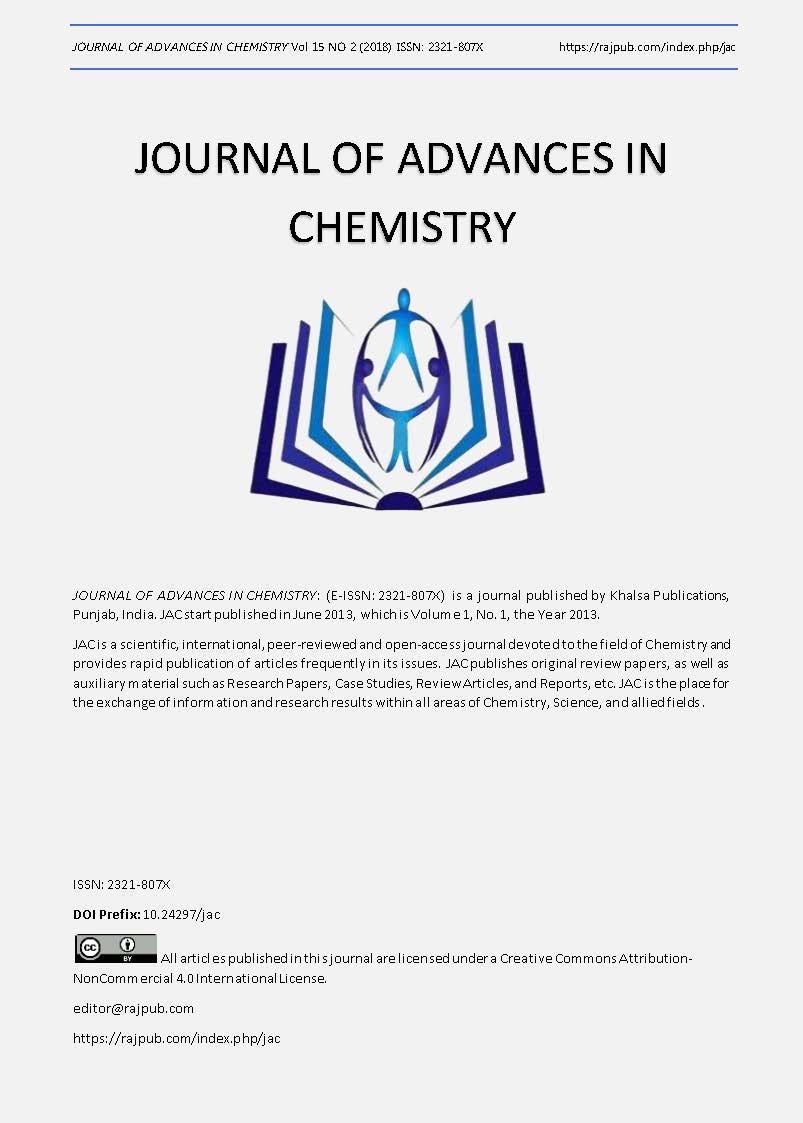The Electrodeposition rhenium-tellurium alloys from chlorides asides electrolytes.
DOI:
https://doi.org/10.24297/jac.v15i2.7457Keywords:
rhenium chalcogenides, semi-conducting materials, electronic techniqueAbstract
There has been investigated the joint electrodeposition of rhenium with tellur from chlorides electrolyte, by measuring the cycling volt-ampere curves there has been determined the field of potentials, at the presence of which the joint electrodeposition of rhenium with sulphur takes place. It has been shown, that the joint deposition of rhenium with tellur goes with a certain depolarization, besides, the depolarization is caused by the energy emanating along formation of ReTe2 compounds. There was studied the influence of current density, temperature and acidity on the composition and quality of cathode sediments. It was established, that with the rise of current density and the temperature of electrolyte the concentration of rhenium in the alloy increases.
Downloads
References
Schubert B., Tributsch H. Electrochemically formed transiend ReS2/Re2O7 heteroyunetion with high energy conversiont effeciency // J. Applied electrochemistry. 1990. V. 20. p. 786-792.
Bob L., Wheler, Joncthon K. Photoelectrochemistry of p-ReS2 and p-ReSe2 in Aqueoous Solutions // J.Electrochem. Soc. 1986, v.133, No2. p. 358–361.
Speranskaya E.F. Electrochemistry of rhenium. Alma-Ata, Gulum, 1990, p.53.
Obolonchik V.A., Yanaki A.A. Col Rhenium in the new Techniques. M.: Publishing House Nauka, 1970. P. 59.
Salakhova E. A. Electrochemical Production of Thin Films of System Rhenium-Selenium Alloys. The Journal “Inorganic Materialsâ€, 2003, v.39, pp.142-146.
Salakhova E.A. ., Majidzada V. A. The Electrodeposition of Rhenium-Tellurium Alloy in Chloride-Borate Electrolyte. “Chemistry and Chemical Technologyâ€, 2008, v.51, iss. 2, pp.51-54.
Salakhova E. A., Majidzada V. A. Electrochemical preparation of Thin Rhenium-Tellurium Coatings Chloride-Borate Electrolyte. Russian Journal of Electrochemistry, 2011,Vol.47, #8, pp.877-882.
Borisova L.A., Yermakov A.N. Analytic chemistry of rhenium. M.: Publishing House Nauka, 1974. P. 95.
Salakhova E.A., Majidzada V.A. at all “The electrodeposition of rhenium in alkalin and acidic electrolytesâ€, Journal of Chemistry and Chemical Engineering, Volum 6, No 5, (2012), p.489-494.
Downloads
Published
How to Cite
Issue
Section
License
 All articles published in Journal of Advances in Linguistics are licensed under a Creative Commons Attribution 4.0 International License.
All articles published in Journal of Advances in Linguistics are licensed under a Creative Commons Attribution 4.0 International License.




